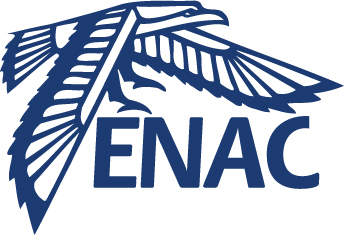Bio-inspired control for collective motion in swarms of drones
Résumé
To control a distributed swarm of UAVs, many solutions aim at reaching global coordination through local interactions at the agent scale. These interactions are based on the use of reactive algorithms that allow a fleet to adapt its collective behavior to specific operating contexts, but not to all. While providing some flexibility, reactive algorithms can lack speed of completion, safety, and robustness in clustered environments. Generally, the best known reactive algorithms are borrowed from behavioral patterns observed in nature, but tend to digress from the adaptation to a rigorous geometrical approach. Our approach aims at implementing a coordination model directly inspired from the interactions and behaviors that a small fish, the rummy-nose tetra (Hemigrammus rhodostomus), adopts to display collective movements. This article focuses on such an implementation in the deployment of a group of UAVs inside a circular arena. After carrying out experiments with a swarm of 5 drones, we develop a simulator to test the implementation in a swarm of drones of an extended version of the fish school model and evaluate its capacity to reproduce the experiments. Finally, after validating the UAV model by comparison with the experiments, the use of such collective motion algorithm in several contexts of operation is discussed.
| Origine | Accord explicite pour ce dépôt |
|---|---|
| Licence |


